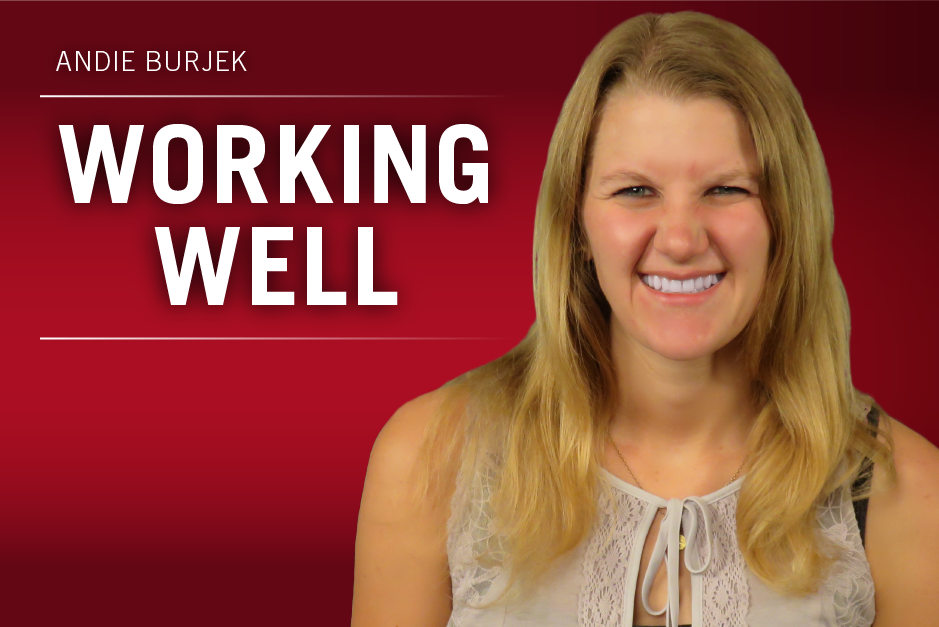This past year we’ve reported on many aspects surrounding employee benefits, from the shifting retirement landscape to workplace stress and beyond. As we approach 2019, several employee-benefits experts shared with Workforce what trends they’re expecting next year.
Encouraging employees to map out their individual work-life balance strategy:
Employees should make a point to consciously create a harmonious balance between their work and non-work lives, according to Rick Hughes, head of service at the University of Aberdeen’s Counselling Service and a co-author of the book “The Wellbeing Workout,” along with Andrew Kinder and Cary L. Cooper. Their work life can have a positive influence on their non-work life and vice versa.
“For example, a walk or fresh-air break at lunchtime can boost energy and generate a feel-good factor to aid afternoon productivity,” he said. “Or managing problems before leaving work may help to prevent thinking about the issues at home. It’s about getting things into perspective.”
Becoming more holistic in your wellness approach:
One trend that is emerging now is the need to incorporate all dimensions of health into well-being programs, according to Joyce Young, managing director for the High Health Network. Research has found that to achieve the highest level of total well-being, one must focus on physical, mental and emotional wellness as well and one’s purpose in life.
 In practice, this means that just focusing on an illness isn’t enough. For example, depression screening has value is some ways, but, ultimately, it’s just a disease search, Young said. It’s not a holistic approach.
In practice, this means that just focusing on an illness isn’t enough. For example, depression screening has value is some ways, but, ultimately, it’s just a disease search, Young said. It’s not a holistic approach.
“We need to provide the techniques and methods for the everyday person who’s not seeking treatment to be able to build their capacity and strength in the mental, emotional and purpose in life directions,” Young said.
Cecile Alper-Leroux, vice president of human capital management innovation at Ultimate Software, agreed that this is a major trend for HR leaders to be aware of and gave some practical suggestions on how to pursue it.
Employers should design work with overall employee well-being in mind, she said. They can also offer transformative technologies to help monitor and interact with employees to support and reinforce positive behavior.
Also read: Is Wellness Just an Employee Perk?
Creating a workplace where people feel like their total well-being is supported is no easy task, she said. But it will “increasingly set apart the workplaces where employees will want to stay and be their most productive selves, and those that will struggle to retain the best talent.”
Reconsidering your conceptual understanding of health:
According to early trends in a survey she’s involved with, Joyce Young said, 90 percent of people find that the messaging of health frames it as a problem, not a resource. That is, when people see health-related communications, most of it is about getting treatment for an existing problem rather than general self-care.
“It’s not a surprise, but if the mindset is that way, then we don’t have as much motivation to cultivate [health as a] resource because we’re thinking more, we need to get this treatment or solve this problem,” she said.
Alternatively, if people thought of health as a resource, they could benefit in several ways. One, the health care system will deliver more for them. Also, the risks of the kinds of health problems by which people are preoccupied will decrease.
“We must bring our conceptual understanding into the 21st century,” Young said. “If we think differently, that will help us act differently as well.”
Considering onsite health care:
This year saw a few Silicon Valley powerhouses like Apple and Tesla develop their own worksite health centers, and these weren’t the only organizations bringing health care onsite, said Michael Huang, national medical director of Marathon Health. In 2018, one third of organizations with 5,000 or more employees provided a general medical clinic at or near the worksite, up from 24 percent in 2012, according to Mercer’s “2018 Worksite Medical Clinics Survey.”
The onsite health care model has proven results, with employers who measured their ROI last year reporting “returns of 1.5 times or higher,” Huang said. He expects momentum to continue in this area in 2019, with companies of all industries and sizes working with providers to create customized plans and programs that fit their budgets and the unique needs of their employee populations.
“By inserting the health system into the existing workplace, physicians are better able to forge lasting relationships with patients through face-to-face, personalized interactions,” he said. “This individualized care encourages regular visits to the health center, allowing employers to better track health trends, and improvement on those trends, by an employee population.”
Mental health is one area in which onsite care can be particularly beneficial, he said, as employers can utilize onsite care to give employees direct access to resources like counseling and therapy from licensed counselors, addressing barriers to mental health care like long waits for appointments and poor quality of care.
In addition to streamlining access to quality behavioral health care, “bringing these resources onsite signals that employees’ needs are understood and supported, reducing the mental health stigma in the workplace,” Huang said.
Providing cancer support services as an employee benefit:
The number of cancer patients and survivors will reach almost 18 million in the next decade, according to the CDC. And according to a recent survey that nonprofit Cancer and Careers commissioned The Harris Poll to conduct, 79 percent of the respondents said that patients/survivors that receive support from their employer are more likely to thrive in the workplace.
The poll — which surveyed 882 cancer patients/survivors who were either employed or unemployed but looking for work — also found that 53 percent of respondents feel that resources or support programs are needed to address cancer survivors’ workplace concerns, and 64 percent believe that working through their cancer treatment helped them cope.
Penn Mutual Life Insurance is one example of an organization seeking to expand its cancer care services. It began offering services this October through Cancer Guardian’s Comprehensive Cancer Support Program, which includes advanced DNA testing, dedicated cancer support specialists and digital medical records management.
Penn Mutual President and Chief Operating Officer David O’Malley said that a year before the launch of this program, the company began talks with Wamberg Genomic Advisors to learn about the changing genomics landscape and from there spent the next year deciding how to best leverage the cancer benefit.
What the company ended up deciding was offering the benefit to its 1,000-plus associates as a supplemental, employer-paid benefit, available to associates regardless of if they’re on Penn Mutual’s health plan. Also, the company does not track utilization. “Privacy is important to us,” O’Malley said, adding that the company didn’t want employees to feel as if their medical privacy was being infringed.
“We saw this as the opportunity to have a leading benefit,” he said. While benefits surveys have data on cancer insurance at organizations — the Society for Human Resource Management, for example, found that 33 percent of organizations offered cancer insurance in 2018, up from 28 percent in 2017 — the percentage of organizations offering comprehensive cancer support benefits is not as readily available.

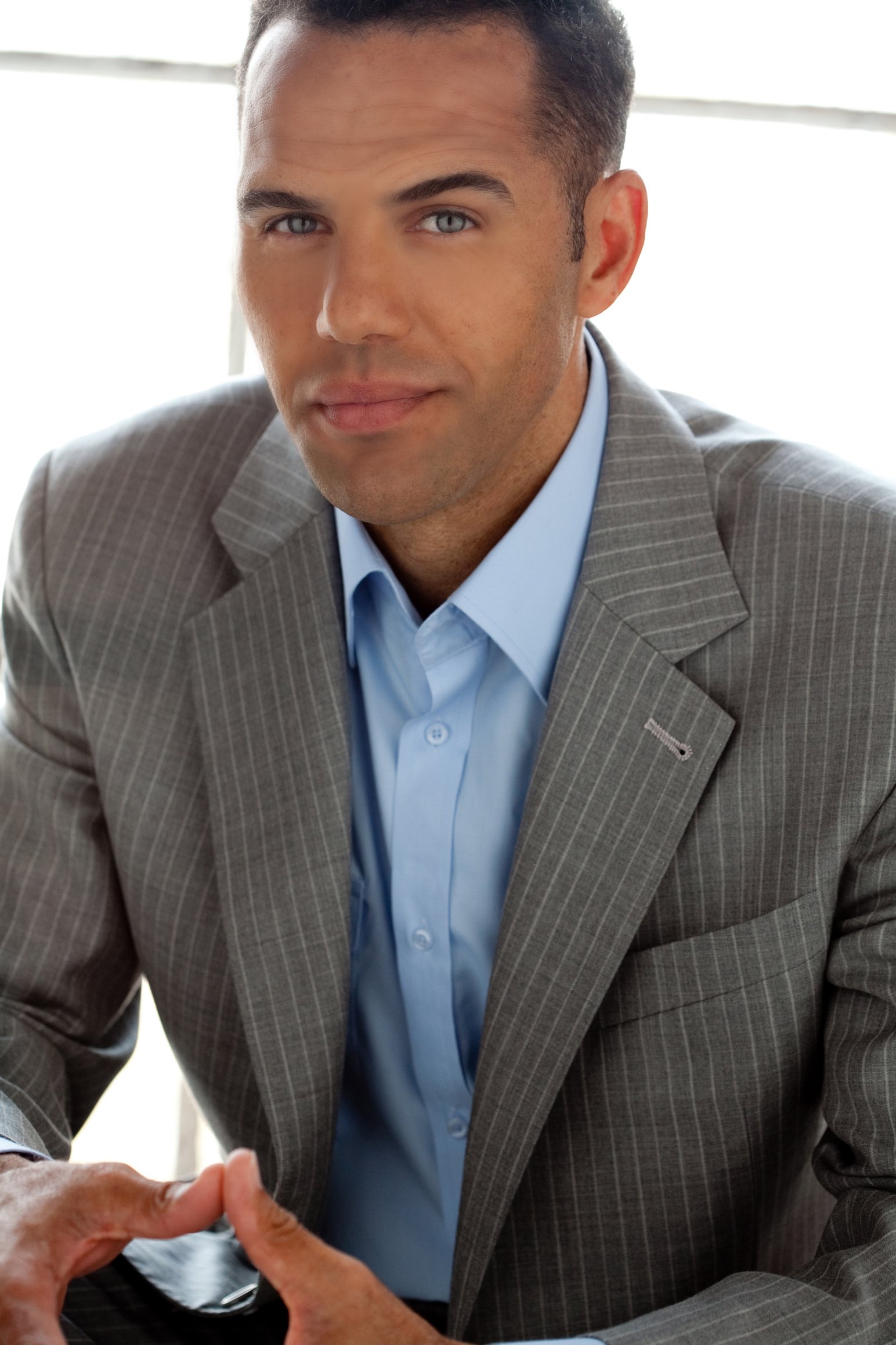







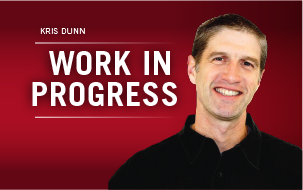

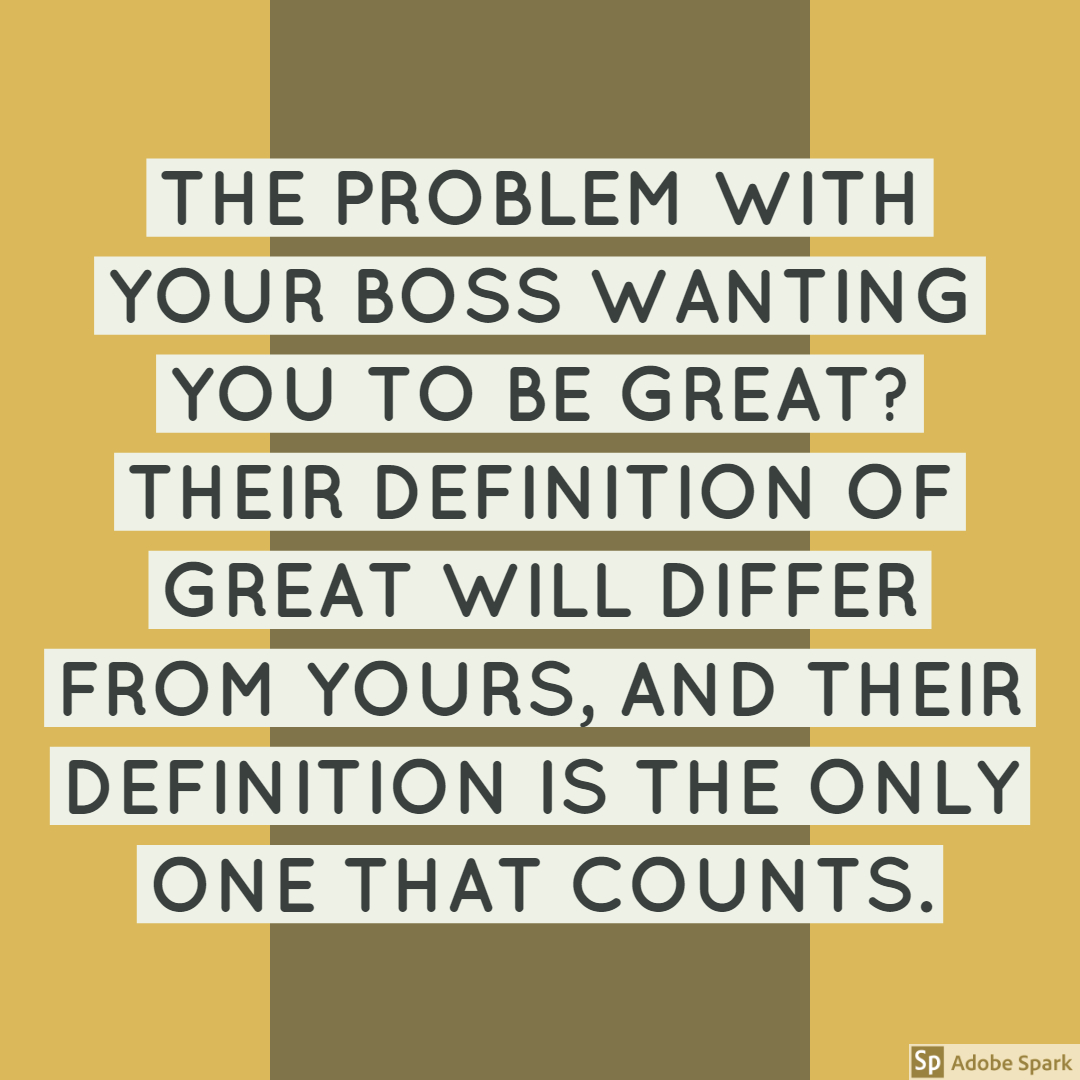

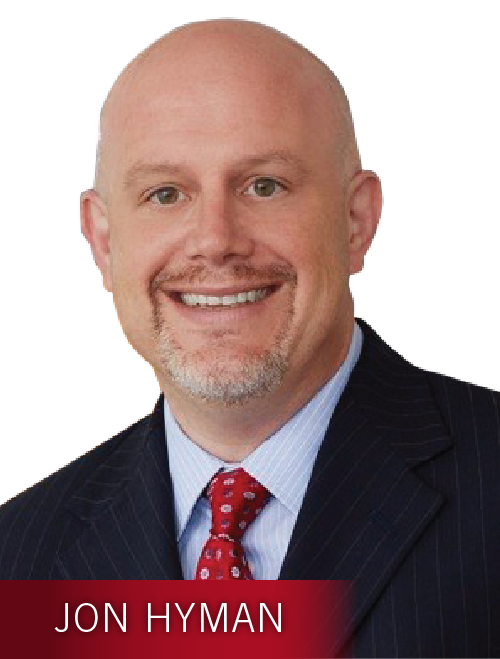 The tagline: “Bullying. Harassment. Is this the best a man can get? It’s only by challenging ourselves to do more, that we can get closer to our best. To say the right thing, to act the right way.”
The tagline: “Bullying. Harassment. Is this the best a man can get? It’s only by challenging ourselves to do more, that we can get closer to our best. To say the right thing, to act the right way.”



